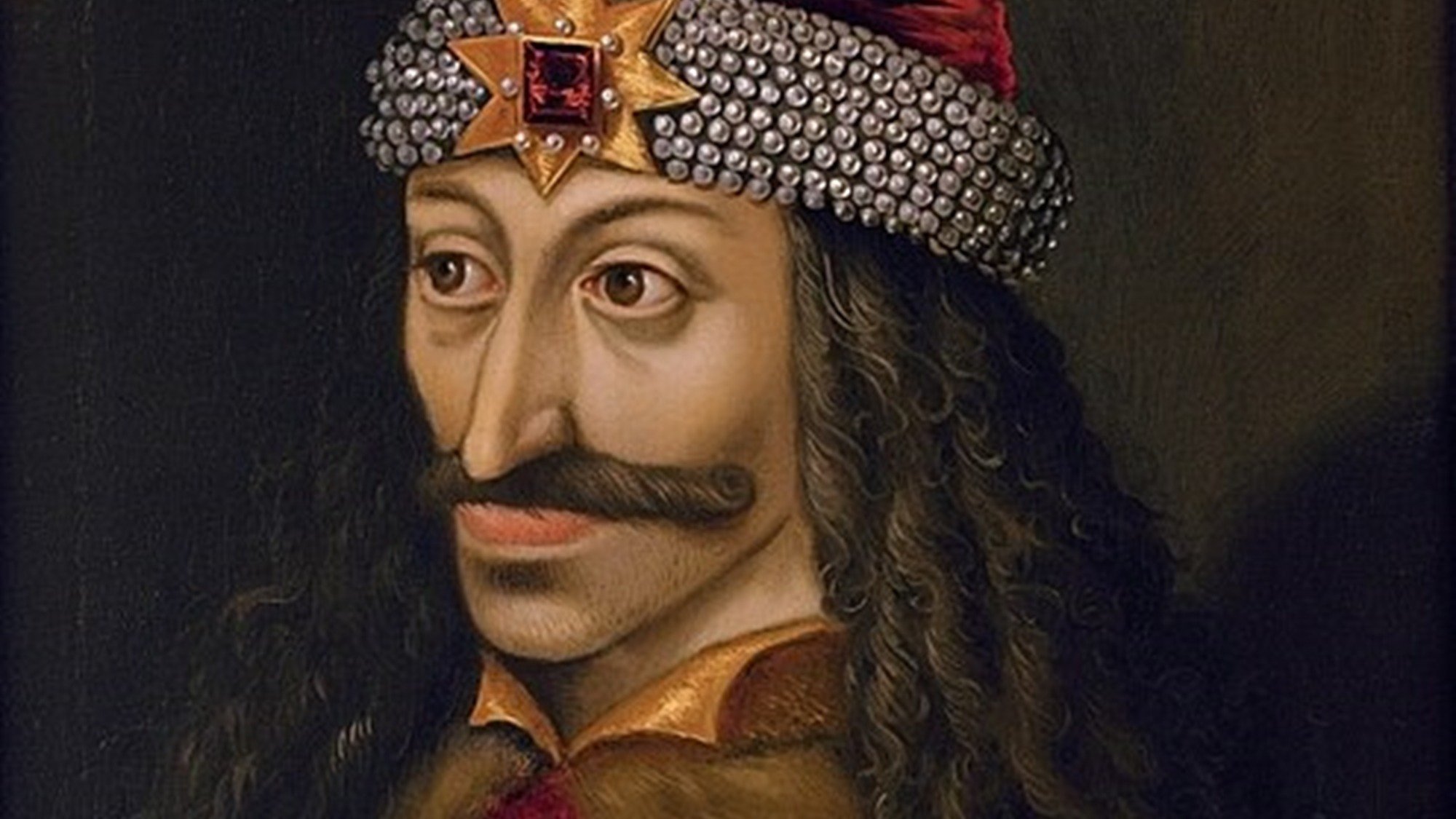Blood
The ‘Real Dracula’ May Have Cried ‘Tears of Blood’, Study Suggests
A new study suggests that Vlad III, widely recognized as the inspiration for Bram Stoker’s Count Dracula, may have suffered from Hemolacria. This condition causes an individual to produce tears that are partially composed of blood.
Vlad III – better known as Vlad the Impaler or Vlad Dracula – was the voivode of Wallachia, a designation commonly attributed to a ruler or chieftain in medieval times. Born as the second son to Vlad Dracul, a prominent figure within the Order of the Dragons known as the Drăculești, Vlad III and his sibling bore the moniker “Dracula,” which translates to “offspring of Dracul.”
Vlad III has a complicated legacy. He is frequently regarded as one of the pivotal leaders in Wallachian history, holding a stature as a revered national hero within Romania for his efforts to withstand the advances of the Ottomans. Conversely, his practice of impaling enemies and supposed penchant for violence also earnt him a reputation for brutality.
Study claims Vlad Dracula may have suffered from Hemolacria
In a study published in the journal Analytical Chemistry, researchers from the University of Catania examined old letters written by Vlad III in the mid-15th century AD. They used advanced tools like High-resolution mass spectrometry (HRMS) and EVA (ethylene-vinyl acetate) technology.
Using this method, the researchers were able to analyze 100 ancient peptides alongside protein data of human origin. By doing this, they found clues about Vlad III’s health. The analysis revealed that he might have had problems with inflammation in his respiratory tract or skin. They also discovered that he could have experienced a condition called hemolacria.
Hemolacria is when tears contain some blood, usually due to issues such as bacterial eye infections, environmental damage, or injuries. It could also point to a possible tumor in the eye area.
“To our reckoning, this is the first time such research has been carried out and has helped to bring to the limelight the health status of Vlad Dracula the Impaler,” commented the researchers. “It cannot be denied that more medieval people may have touched these documents, but it is also presumable that the most prominent ancient proteins should be related to Prince Vlad the Impaler, who wrote and signed these letters.”
History vs. Myth
The subject of the study, Vlad III, is intimately tied to Count Dracula in popular culture due to the immense fame of the novel Dracula written by Bram Stoker in 1897.
The story revolves around the enigmatic Count Dracula, a centuries-old vampire from Transylvania, who seeks to spread his undead influence to Victorian England. The story follows the efforts of a group of individuals, including Professor Abraham Van Helsing and Jonathan Harker, to thwart Dracula’s sinister ambitions. Set against the backdrop of Gothic horror, the novel delves into themes of fear, desire, and the struggle between good and evil as it explores the relentless pursuit to stop the immortal vampire’s reign of terror.
Naturally, the “real” Dracula was not a vampire but Vlad III did gain notoriety for his brutality. During his reign, it is believed that Vlad III was responsible for the deaths of an estimated 40,000 to 100,000 individuals predominantly through the method of impalement.
After a series of confrontations between Vlad III and the Ottoman Turks, Mehmed II led his forces to Târgoviște, where a chilling spectacle awaited him. He encountered the grim aftermath of 23,844 Turkish captives impaled and positioned in concentric circles encircling the city.
Vlad III was killed in battle in 1477. Before his death, stories of his cruelty had already spread to Germany and beyond. How much of this is true versus hyperbole remains a matter of debate.

